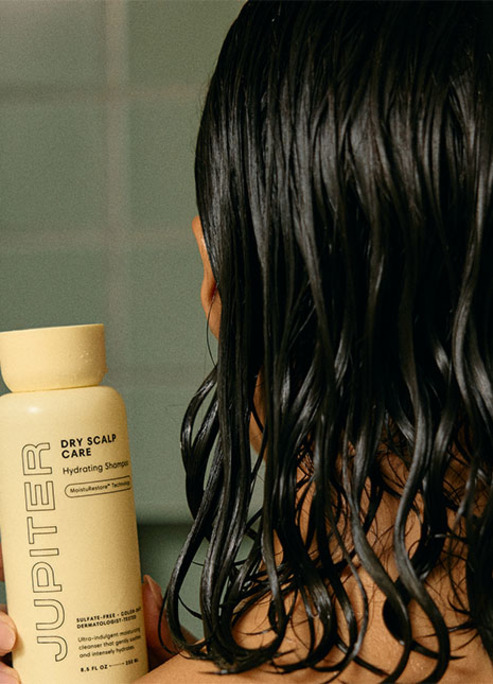
PRP for Hair Loss: Deep Dive at the Treatment's Potential
The growing trend in non-surgical hair restoration.
Platelet-Rich Plasma (PRP) therapy has been growing in popularity for hair restoration. This non-surgical procedure has gained attention for its potential to rejuvenate hair follicles. This surge in interest aligns with the broader growth of the beauty and aesthetics industry, which has seen significant expansion in recent years.
The industry, which includes skincare, haircare, and aesthetic treatments, is projected to reach over £500 billion by 2025, driven by increasing consumer interest in anti-ageing solutions and non-invasive treatments. In the UK alone, the aesthetics market is expected to grow by nearly 10% annually, reflecting a rising demand for treatments like PRP. This growth is fuelled by advancements in technology and an increasing societal focus on appearance and wellness, making PRP therapy a timely addition to the array of available treatments.
What is PRP Therapy for Hair Loss?
PRP therapy involves using a patient's own blood to harvest a concentrated dose of platelets, which are rich in growth factors. These growth factors can stimulate the activity of hair follicles and potentially promote hair growth. The process starts with drawing a small amount of blood, which is then spun in a centrifuge to separate the platelet-rich plasma from other blood components. This PRP is then carefully injected into areas of the scalp where hair loss is prominent.
How Effective is PRP for Hair Loss?
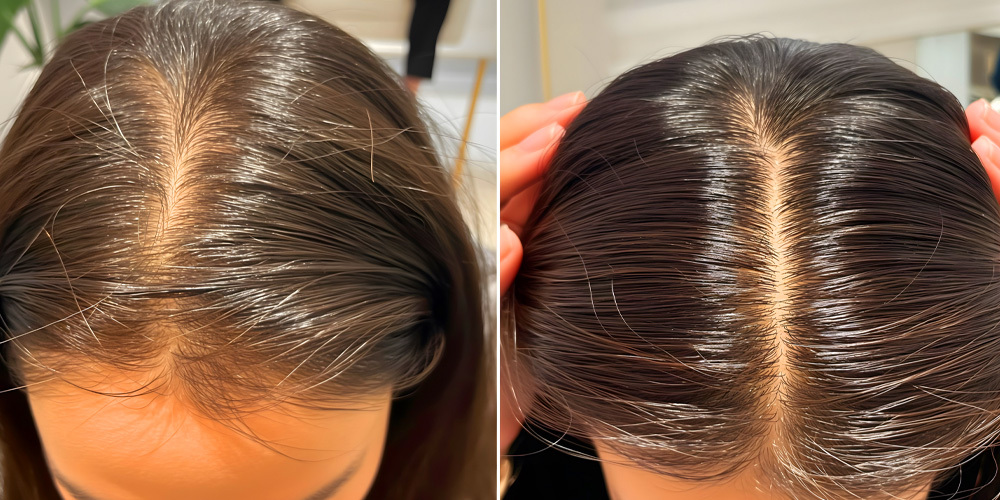
The effectiveness of PRP therapy can vary significantly from person to person. Studies suggest that PRP may be particularly effective for individuals with androgenetic alopecia (pattern baldness), one of the most common forms of hair loss. Research has shown that PRP can increase hair density, thickness, and possibly extend the hair growth phase. For example, a study involving patients with androgenetic alopecia reported improvements in hair density and follicle diameter within three months of starting PRP therapy.
However, the outcomes are not universally consistent. Some individuals experience significant hair regrowth, while others see only maintenance of existing hair or minimal regrowth. This variability is likely due to differences in how PRP is prepared and applied, as well as individual patient factors like the underlying cause of hair loss and scalp health.
The PRP Procedure: What to Expect
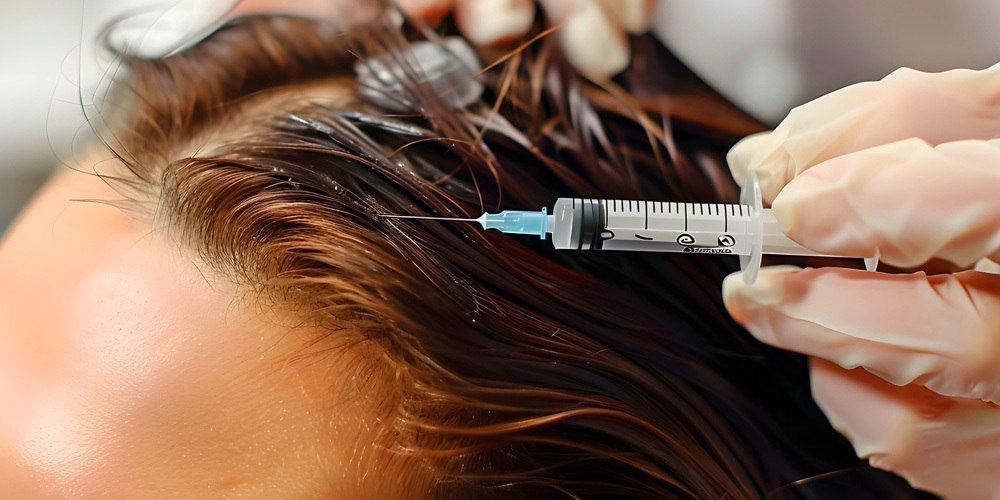
A typical PRP treatment plan involves several sessions, starting with more frequent treatments and tapering off as maintenance. The standard protocol usually begins with monthly sessions for the first three months. After this initial phase, maintenance sessions might occur every three to six months, depending on the individual’s response and the progression of hair loss.
The procedure itself is relatively straightforward but requires precision. After blood is drawn and processed, the PRP is injected into the scalp using fine needles. Some practitioners use devices like the U225 mesogun to ensure even distribution and minimize discomfort. The entire process, from blood draw to injection, typically takes about an hour.
Potential Side Effects and Considerations
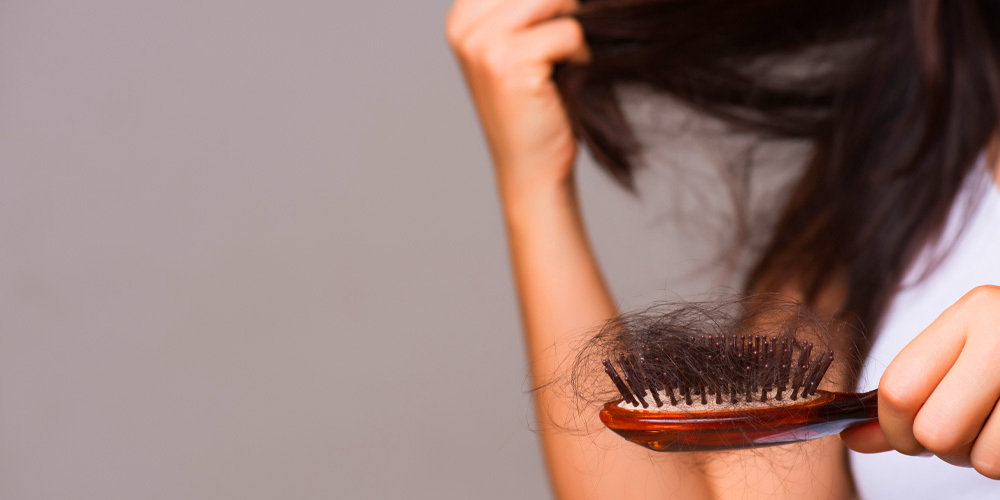
PRP therapy is generally considered safe, as it uses the patient’s own blood, reducing the risk of allergic reactions. Common side effects are mild and may include pain at the injection sites, swelling, bruising, and itching. These effects usually resolve within a few days. However, as with any treatment involving injections, there is a small risk of infection, though this is rare when the procedure is performed under sterile conditions.
One of the main considerations with PRP therapy is its cost. PRP sessions can be more costly than others, and since the treatment is not usually covered by insurance when used for cosmetic purposes, the financial burden can be significant. Additionally, since the results may require ongoing maintenance, the cost can add up over time.
Combining PRP with Other Treatments
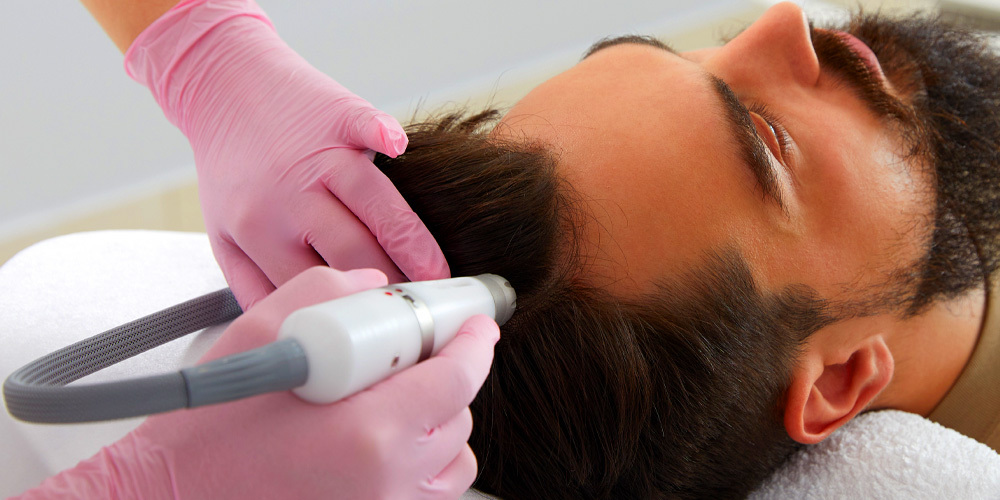
To maximize the benefits of PRP, it is often used in conjunction with other hair loss treatments. These may include topical minoxidil, oral finasteride, or low-level laser therapy. Some practitioners also recommend supplements like Viviscal to support hair health from within. Combining treatments can enhance results, particularly for individuals who may not respond as robustly to PRP alone.
Top clinics such as Fiore Aesthetics in Covent Garden, Artistry Clinic in the City of London and NU U Clinics in Maidenhead have been offering PRP for hair loss for some years with great success to both male and female clients.
Public Sentiment and Patient Experience

Public sentiment around PRP for hair loss is mixed. On platforms like X (formerly Twitter), many users express enthusiasm about PRP as a natural, non-surgical option for hair restoration. Success stories abound, with individuals sharing impressive before-and-after photos. However, there are also accounts of disappointment, particularly from those who did not see the dramatic results they hoped for.
For many, PRP therapy offers a viable option for slowing hair loss and, in some cases, promoting regrowth. But it’s important to approach the treatment with realistic expectations. Not everyone will achieve significant regrowth, and even those who do may need ongoing treatments to maintain their results.
Growing Trend
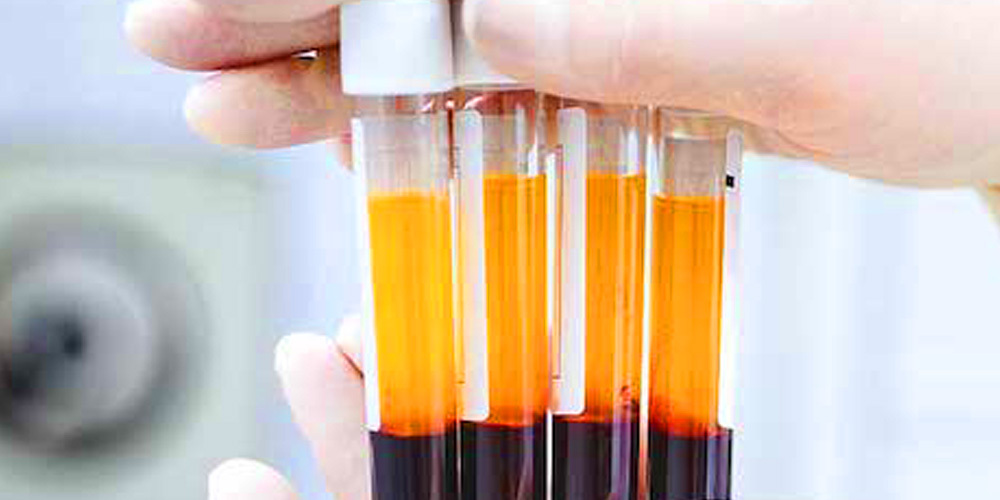
PRP therapy for hair loss has emerged as a promising treatment for non-surgical hair restoration, particularly for those dealing with androgenetic alopecia. Over the past decade, there has been a significant rise in the use of plasma therapies across various medical fields, including dermatology and orthopaedics, where they have been leveraged for their regenerative properties. This surge in plasma-based treatments highlights the growing interest in using the body’s own biological resources to heal and rejuvenate, a trend that PRP for hair loss fits into perfectly.
While research supports the potential benefits of PRP, the variability in individual results means it might not be a universal solution. This is why a detailed consultation with a qualified practitioner is essential. During this consultation, patients can discuss their specific condition, set realistic expectations, and explore whether combining PRP with other treatments might enhance their results.
As with any medical procedure, it’s crucial to weigh the benefits against the costs and consider the long-term commitment required to maintain the results. However, given the continued advancements and growing body of research, PRP therapy’s role in hair restoration is likely to become more clearly defined, offering hope to many seeking to reclaim their hair and confidence.





